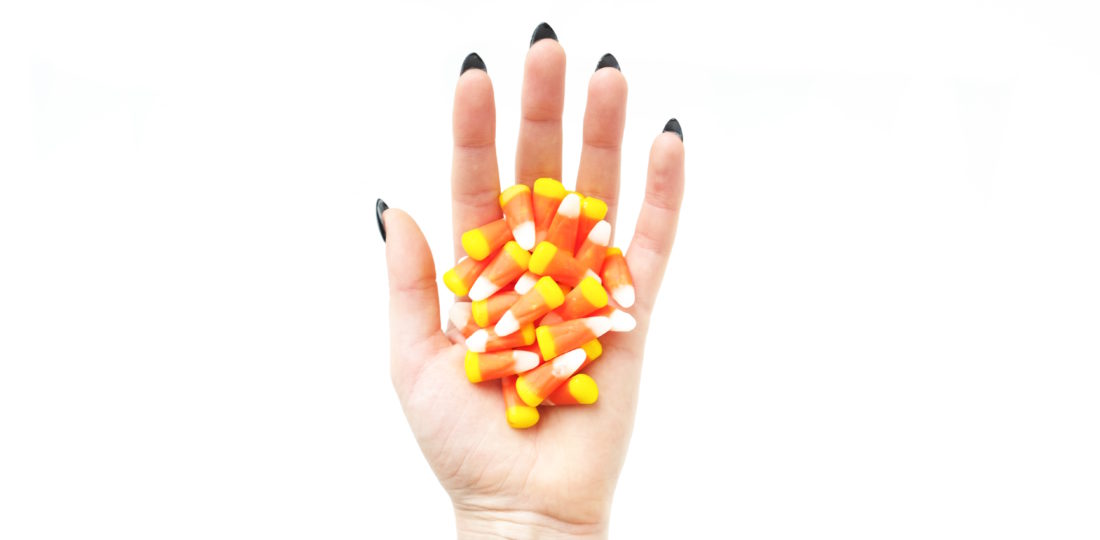De-Mystifying the Munchies
Almost every cannabis user has gotten high and experienced the intense desire to consume every edible item currently residing in their fridge. This experience is often referred to as “the munchies.” And there’s no time to talk about the munchies like right before a major sugar high overtakes most of the United States. While increased appetite after consuming cannabis has been documented for a couple thousand years, the biological mechanisms that govern it are just beginning to be unpacked.
We know that the systems governing hunger and satiation are complex. In the past few years, two theories have been proposed as factors in that complexity. Both have to do with how THC engages with our bodies. There is a part of our brain that normally sends out a signal telling our body that it is sated, and not to eat any more. When THC acts on that part of the brain, it can change the chemical signals the brain sends and makes it feel really good to keep eating, even though we can tell that we’re full.
Additionally, smell has a powerful impact on hunger. THC can make our brains fail to normalize scents. Meaning if you smell something really delicious, it will keep smelling as delicious as the first moment you smelled it for the entire time that you’re high. This makes it really difficult to restrain from eating that entire pint of ice cream. And the whole bag of cheetos.
So let loose! Go forth and indulge in your favorite treats, flower in hand.
References:
Koch, Marco, et al. “Hypothamamic POMC neurons promote cannabinoid-induced feeding.” Nature. March 2015.
Soria-Comez, Edgar, et al. “The endocannabinoid system controls food intake via olfactory processes.” Nature Neuroscience. March 2014.

